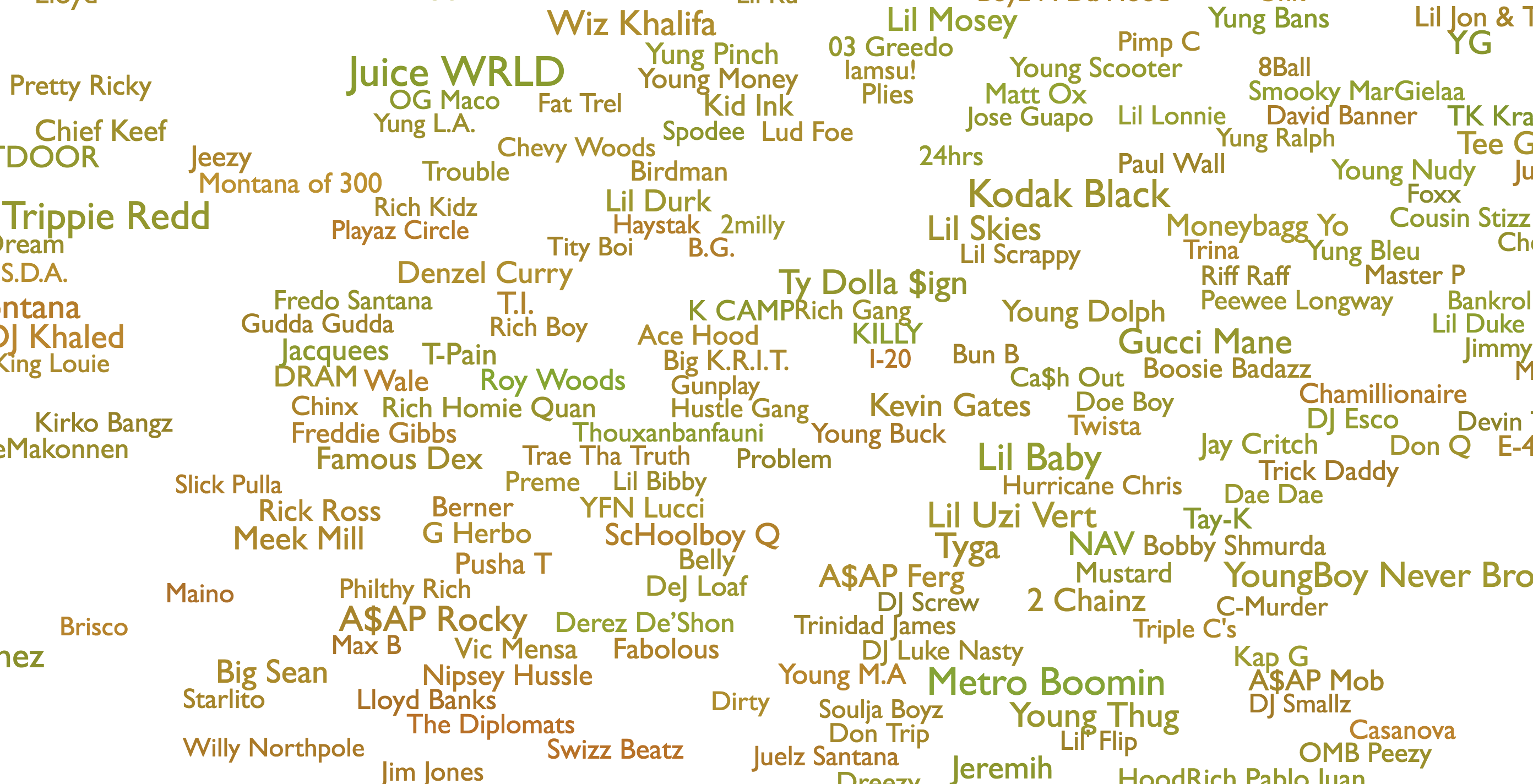
Since Spotify launched a decade ago, hip-hop has splintered into countless new directions—and streaming culture has only intensified the process. Streaming platforms have become a core part of the music’s story: They’re not just shaping the listener’s experience, they’re informing the sounds and styles of the music itself. But attempting to trace the path of this decade of evolution—in any straightforward way, at least—is enough to give anyone a headache. Hip-hop isn’t just one genre; it’s hundreds of subgenres, forming one hectic, complicated whole.
The gulf between hip-hop’s biggest stars and its lesser-known names has never been wider, yet previously unknown artists can blow up overnight on the momentum of a song they uploaded themselves. Regional rap scenes that were once only for insiders have become the backbone of the mainstream. And thanks to the internet’s everything-at-once-ness, trends often seem to shift in the blink of an eye.
It’s a lot to process. Enter Glenn McDonald, Spotify’s “data alchemist”; in essence, his job is to translate a practically infinite set of cold, hard data—millions of streams, saves, playlists, and beyond—into a reflection of the human experience of listening to music. Applying the rigorous approach of a data scientist to the perspective of a music critic, he can not only identify existing patterns, but catch new genres as they emerge.
Behold McDonald’s passion project, Every Noise At Once. The site is a sprawling, hyper-detailed index of genres, from massive umbrellas like hip-hop or country to the nichest of micro-genres you never knew existed. (Deep discofox, anyone?) Through a combination of machine learning, Spotify’s music intelligence division, and McDonald’s own analysis (plus a bit of creative license when it comes to coining new genre names), the site currently identifies and indexes a whopping 2,215 genres. Click on the map for hip hop and you’ll find yourself entangled in a dense web of associated artists from across Spotify’s database; seen in list form, you can trace the degree of overlap with other genres. You can also branch out into nerdcore or old school nederhop, each accompanied by a representative playlist. It’s not just a data map of Spotify users’ listening habits, it’s a visual deep-dive into how trends emerge and evolve.
Using Every Noise’s data—along with some additional information from McDonald, including the rough number of artists per individual genre and the amount of both casual and serious listeners—we’ve identified the five most significant trends in the past decade of hip-hop, alongside playlists to explore. It’s a means of articulating all the subtleties of the ever-changing culture, at least before the next offshoot is born.
350 major core artists, 3500 relevant artists
10 million serious listeners, 40 million casual listeners
Back when Spotify emerged, trap music had just barely begun to cross over into the mainstream. Mid-‘00s pioneers like Jeezy and T.I. had made their mark on the charts, but in most parts of the country, trap hadn’t had much sway on the sound of popular rap. That’d soon change: Gucci Mane was gearing up to release his breakthrough album, 2009’s unexpectedly pop-friendly The State vs. Radric Davis; meanwhile, the popularity of down-South subgenres like crunk and snap music in the mid and late ‘00s had brought regional rap trends to mainstream prominence. The burgeoning popularity of streaming music doubtlessly played a part in the way the sound of Southern street rap came to influence hip-hop at large: With control in the hands of the users, what was once at the periphery moved toward the center.
As expected, Every Noise At Once shows a significant amount of overlap between what’s considered trap music—which runs the gamut from Jeezy to Waka Flocka Flame to Future to BlocBoy JB—and what falls under the similar categories of southern hip hop and dirty south rap. (There are even further subsections of those categories: Deep trap appears to focus on relatively lesser-known artists, like Nashville’s Starlito and DC’s Fat Trel, where the even more specific deep southern trap skews toward Baton Rouge rappers like Boosie, Webbie, and Kevin Gates.) But it’s equally unsurprising that, within the scope of all that’s considered rap on the site, trap and its related offshoots take up significant real estate near the top of the list: In 2018, trap music is the sound of popular hip-hop.
Emo rap: 250 major artists, 900 relevant artists
280k serious listeners, 6 million casual listeners
Vapor trap: 300 major artists, 2000 relevant artists
1 million serious listeners, 10 million casual listeners
Odds are you’ve never heard the term “vapor trap” before. The term is one of many that McDonald intuitively coined in order to more precisely identify genres as they form in real time. (See also: escape room, slow game, electrofox.) But its artist map and associated playlist is immediately recognizable to anyone who’s acquainted with the movements often referred to as “Soundcloud rap” or “emo rap” that have dominated streaming sites and, increasingly, the Billboard charts in recent years. The artists indexed here have significant overlap with those grouped under Every Noise’s emo rap category, though its most central acts—Lil Peep, XXXTENTACION, Yung Lean—do skew further toward guitar-driven interpolations of alt-rock, emo, and grunge than those listed as vapor trap. Still, they are easily understood together—the sound of a new generation of rap forming a newer, more lawless canon.
The burgeoning scene’s marquee artists and songs—think Lil Xan, Wifisfuneral, and Ski Mask The Slump God, alongside slightly older internet-rap predecessors like Denzel Curry and Xavier Wulf—are generally understood as being connected by their youth-driven audience and provocative personal style just as much as they are by a unified aesthetic; these are rappers and producers who emerge less from distinct geographic regions as from the internet itself. But visualized in McDonald’s data map and through the associated playlists, themes emerge: a tendency toward distortion, blown-out bass, and purposeful rawness on one side of the spectrum, and toward wallowy trap beats that emphasize emotion and melody on the other. And there’s a swath of darkness, too, from sedated rap-rock to grimy Three 6 Mafia homage—the natural result of the omnivorous DIY alchemy that comes from growing up on the internet, and perhaps the best indication of where rap is right now.
350 major artists, 3000 relevant artists
1.5 million serious listeners, 18 million casual listeners
When you think gangster rap, your first association might be the late ‘80s into the ‘90s, when artists from coast to coast—from N.W.A. and 2Pac to Public Enemy and Biggie to the Geto Boys and 8Ball & MJG—took mainstream rap from “hip-hop hooray” to hardcore. And for the most part, that’s reflected in the artist map for Every Noise’s gangster rap index, with Dr. Dre, Snoop Dogg, Too $hort, and all the other canonical gangster rappers featured prominently.
But throughout the past decade of hip-hop, new generations of gangster rappers have emerged, many of them rising to the upper echelons of the mainstream and influencing the sound of popular rap at large, just as their ‘80s and ‘90s forebears did. Think Kendrick Lamar, whose poetic but grounded storytelling and impeccably crafted full-lengths won the Compton rapper a Pulitzer Prize; or YG, a fellow Compton native who, alongside DJ Mustard, cracked the pop charts with his bouncy, post-ratchet street tales without sacrificing his edge. Less known but still integral to the story of the past decade of hip-hop are gangster rap preservationists like Freddie Gibbs and his cold-blooded, clear-eyed Midwest narratives, or Memphis realists like Don Trip, who probes the streets and the psyche in equal measure. It may not sound like the gangster rap of the ‘90s, but it’s no less crucial.
100 major artists, 1000 relevant artists
1 million serious listeners, 13 million casual listeners
For most of the 21st century, reggaetón was the dominant sound of Latin American street music, even crossing over into stateside radio (from Daddy Yankee’s “Gasolina” to Luis Fonsi’s “Despacito”). But in recent years, a new sound—generally referred to as Latin trap, or trap Latino—has grown from an underground phenomenon to a massive cultural movement. Originating in Puerto Rico and the Dominican Republic, Latin trap takes cues both from reggaetón and from American trap music, with Spanish-language vocals that veer between rapping and singing (just as, say, Travis Scott or Future might).
But the relationship with mainstream rap goes both ways: Over the past two years, stars like Bad Bunny, Farruko, and Ozuna have crossed over onto the Billboard charts and racked up countless millions of Spotify streams on playlists like ¡Viva Latino! Often, that sense of crossover even applies to the song’s language: think Bad Bunny and Drake’s recent “MIA,” on which Drake sings in Spanish, or DJ Snake’s “Taki Taki,” where Cardi B and Selena Gomez deliver bilingual verses in between Ozuna’s Spanish hook. The artist map for trap Latino on Every Noise might appear small, as the genre is still relatively new; but the Latin hip-hop map provides more context, grounding the scene’s new stars amongst established reggaetón artists. And it’s no surprise that, in addition to reggaetón, the genre has stylistic crossover with American hip-hop as well as an array of international offshoots, from Romania to Indonesia. In other words, the story of contemporary hip-hop is much bigger than the U.S.
450 major artists, 3500 relevant artists
20 million serious listeners, 70 million casual listeners
On Every Noise’s all-encompassing list of genres, ordered in terms of popularity, “pop rap” comes in fourth—ranked beneath only pop, dance pop, and rap. As you might expect, the range of sounds under this umbrella is intimidatingly broad—how exactly does one connect the loose ends of pop rap when you could argue that, in 2018, rap music is pop music? (At least, in its most mainstream iterations.) But perhaps the category’s all-encompassing sprawl proves its own point: A decade of Spotify streaming data is evidence of rap’s constant expansion, its ability to bend itself to simultaneously accommodate both the ultra-niche and the ultra-mainstream—and to make even traditional pop music shift to better match its rhythms and cadences.
The most central names in McDonald’s pop rap map are exactly who you’d expect: Artists like Lil Wayne and Kanye West, who were crucial in hip-hop’s shift toward pop in the ‘00s and who now represent its old guard, appear alongside superstars like Drake—undoubtedly the single most influential figure in the past decade of rap and pop’s increasing synonymity. More surprising among the scene’s central figures, though, are relatively new names like Lil Baby and Gunna—artists who could easily do double time in the trap music index. And there’s a significant number of R&B artists listed, albeit ones whose styles are increasingly indistinct from straight-up rappers as rap grows ever more melody-oriented and R&B vocalists borrow from rap’s pacing and production. Think 6LACK, Jeremih, and Bryson Tiller. In short, in an apt homage to McDonald’s site’s title, pop rap in 2018 sounds like everything at once.
To dive even deeper into what may be the hip-hop trends of tomorrow, there’s much more to explore on Every Noise at Once. From there, check out Spotify’s finger-on-the-pulse Rap Caviar playlist, where you can hear those same trends come to life.
— Meaghan Garvey
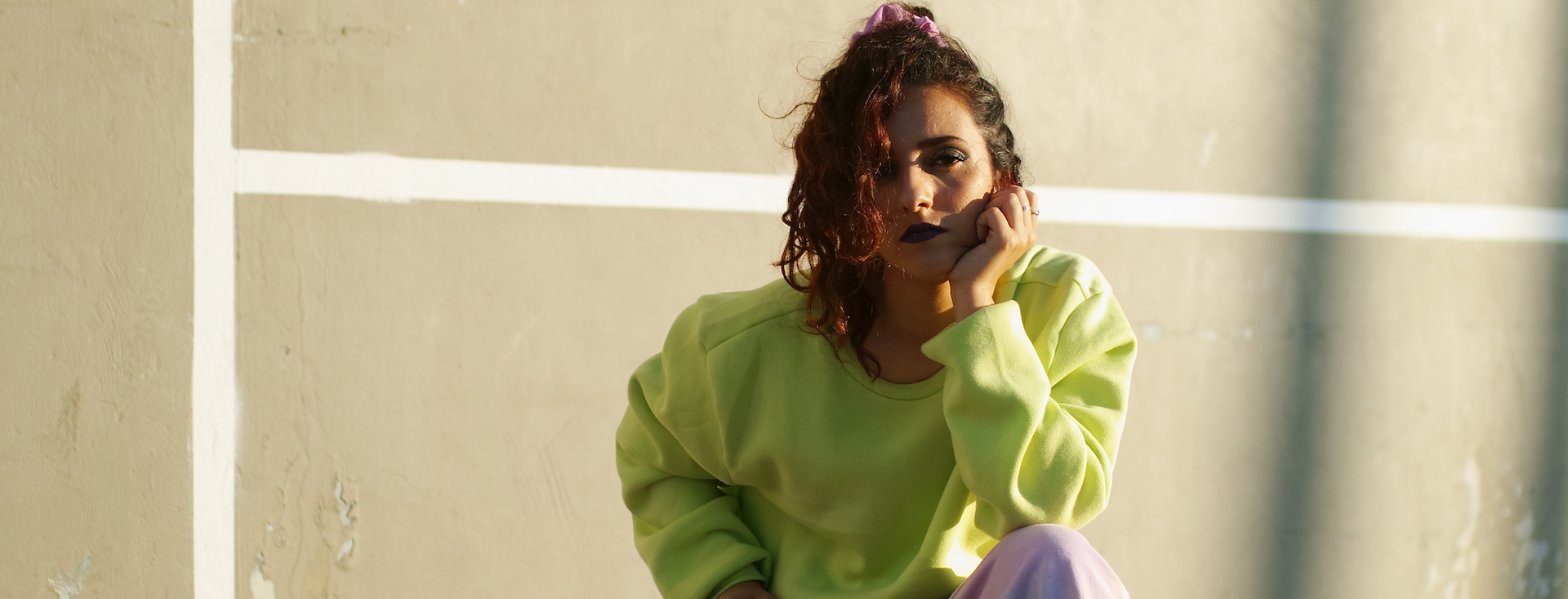








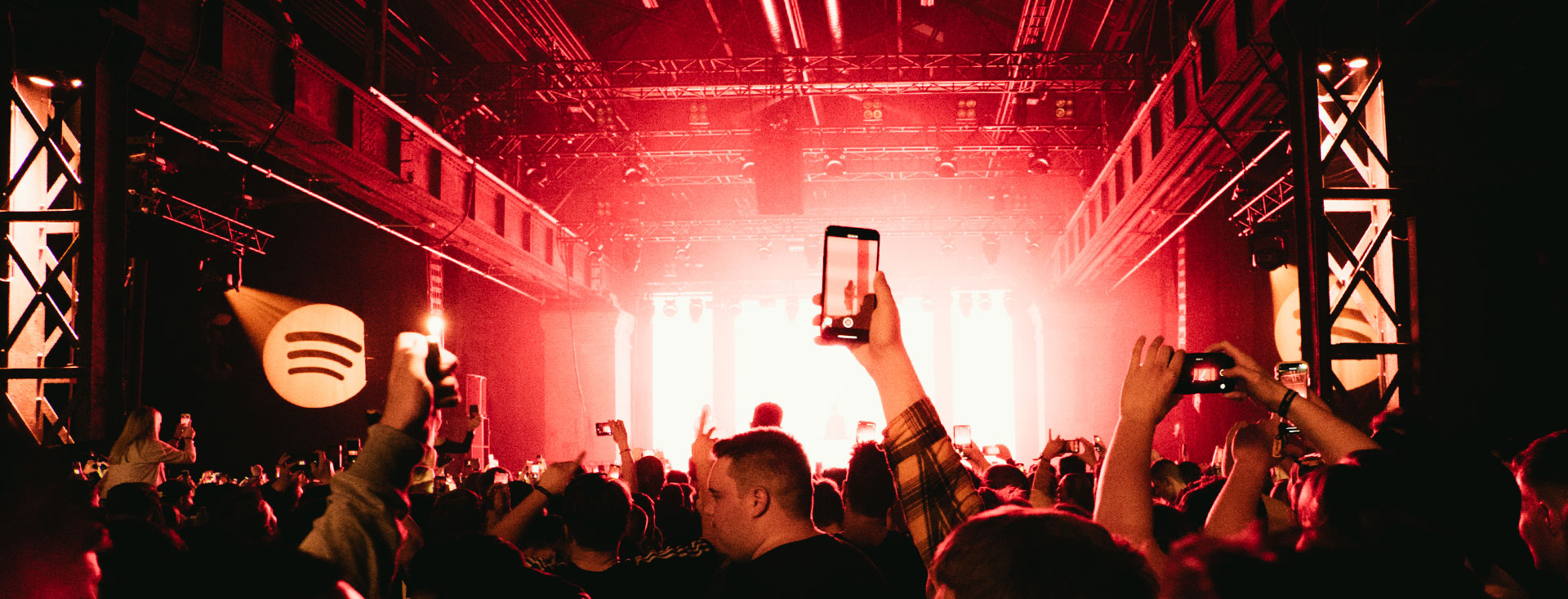

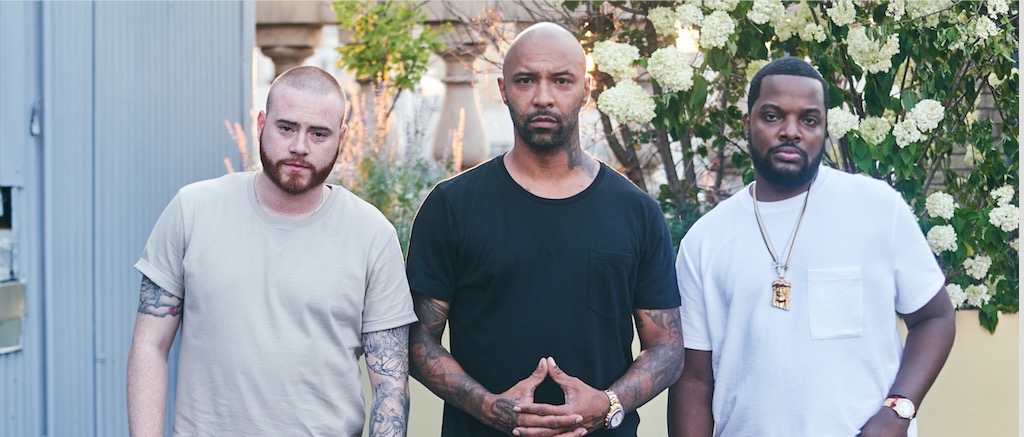


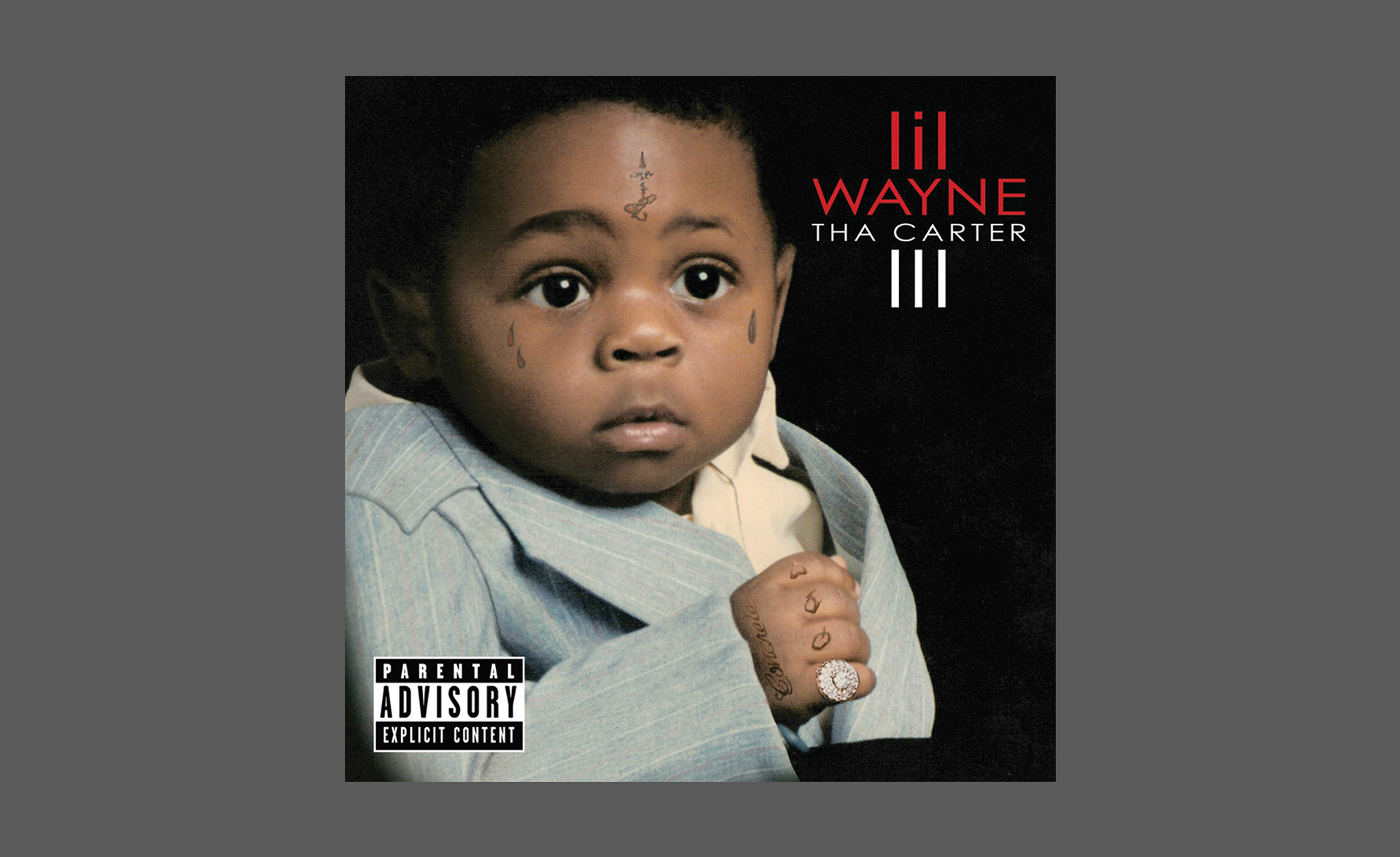
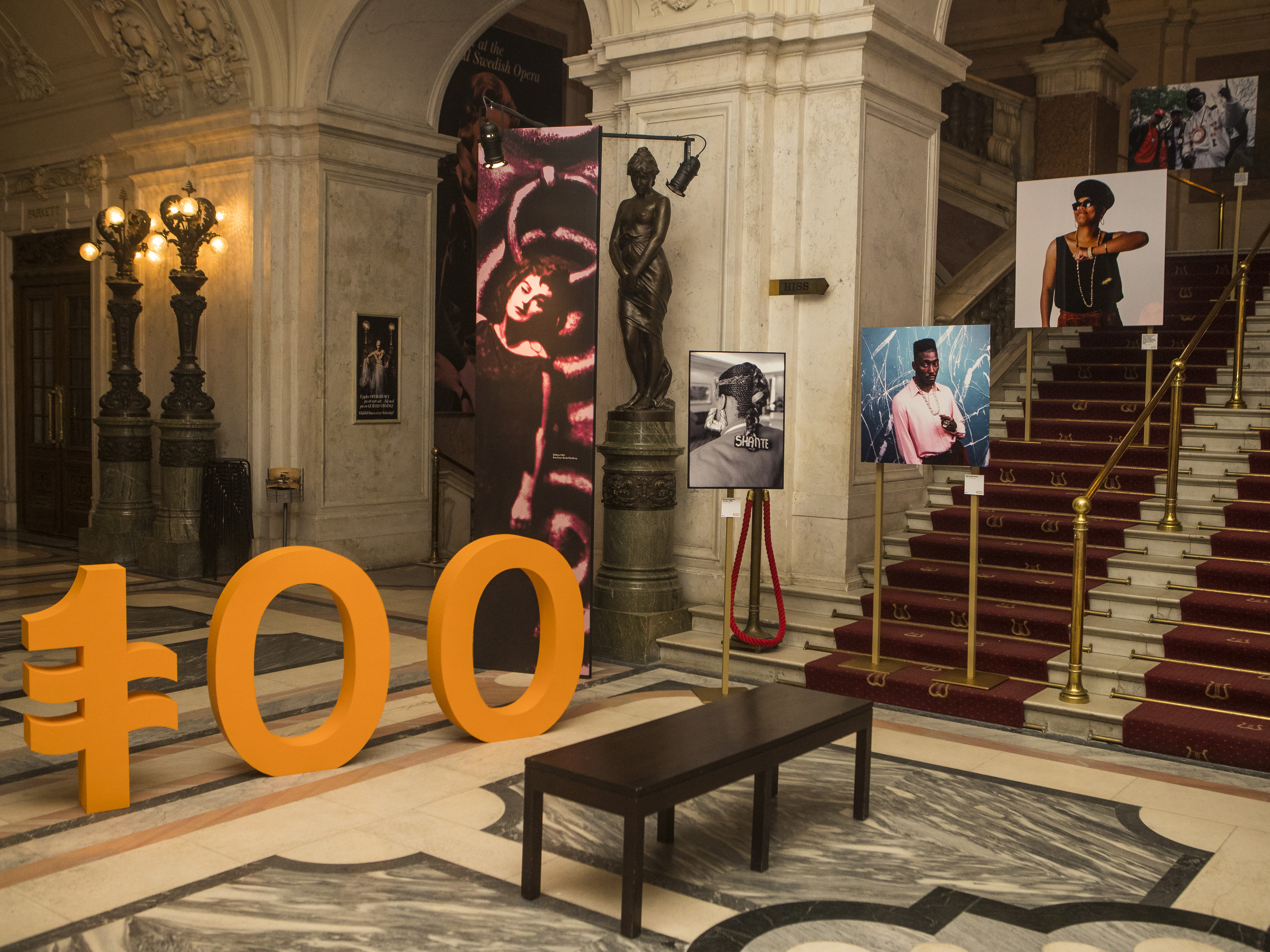
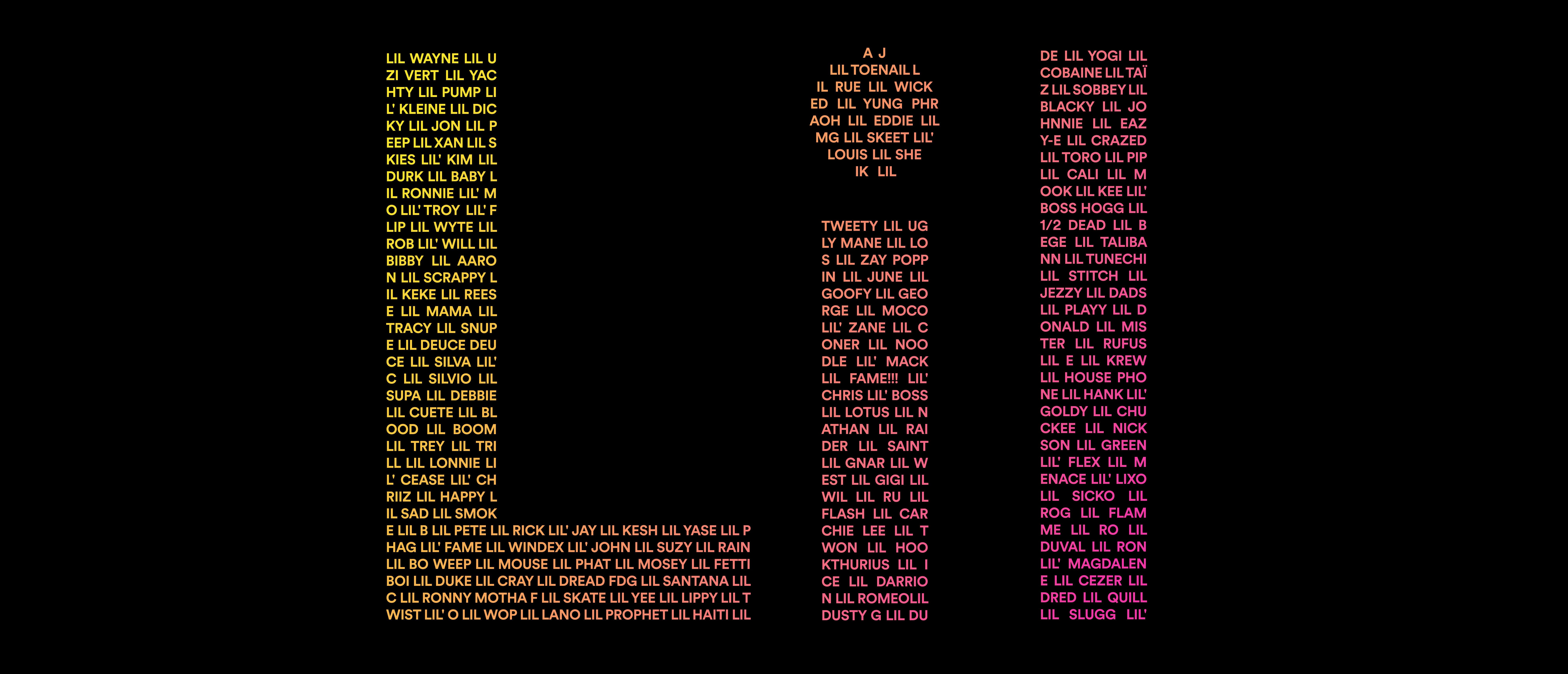
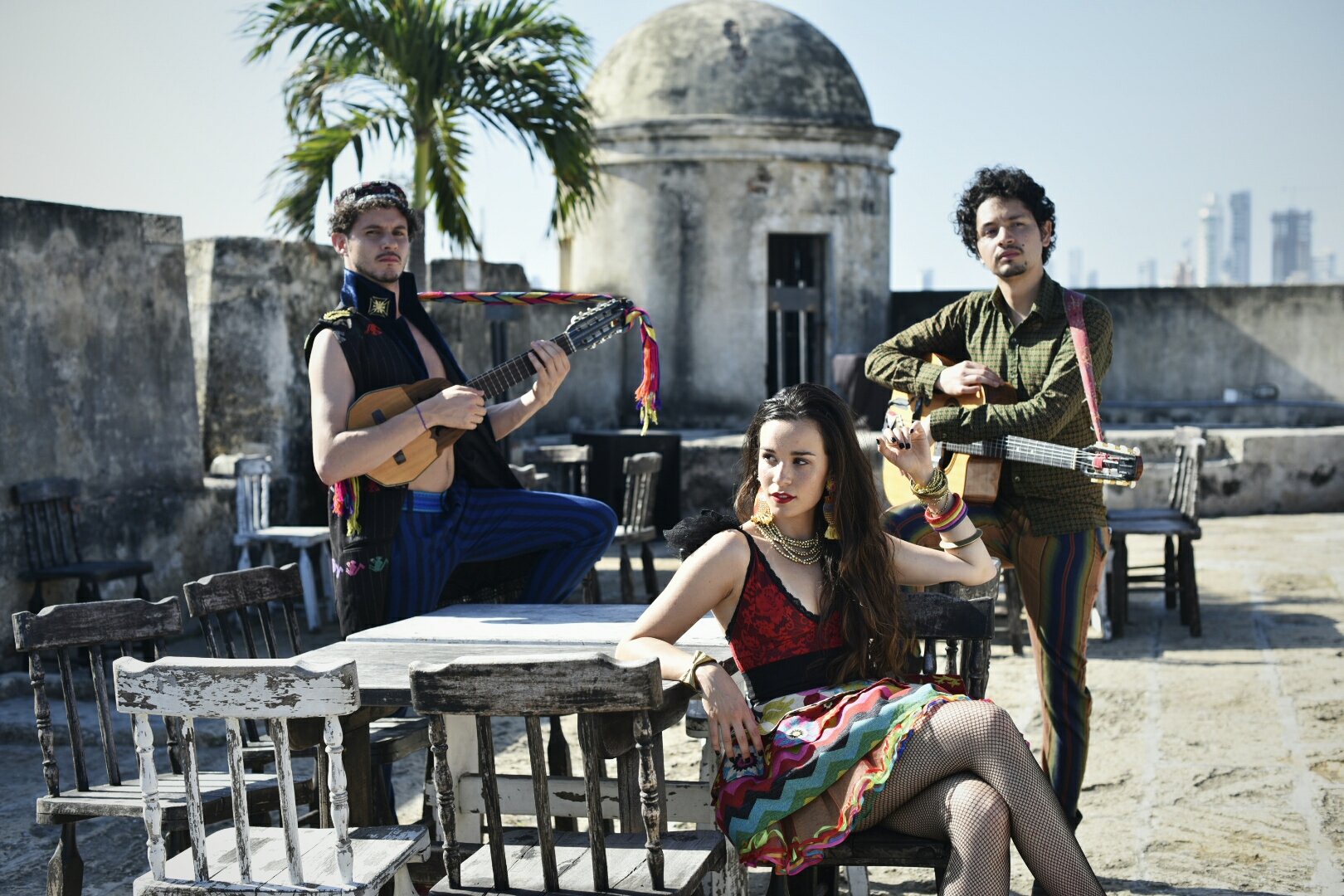

Recent Comments